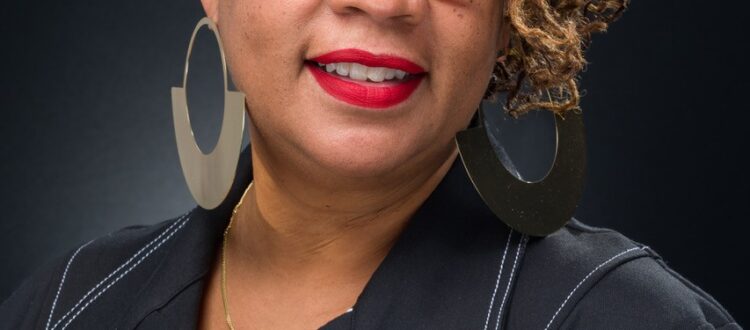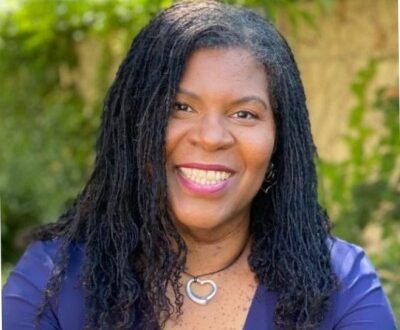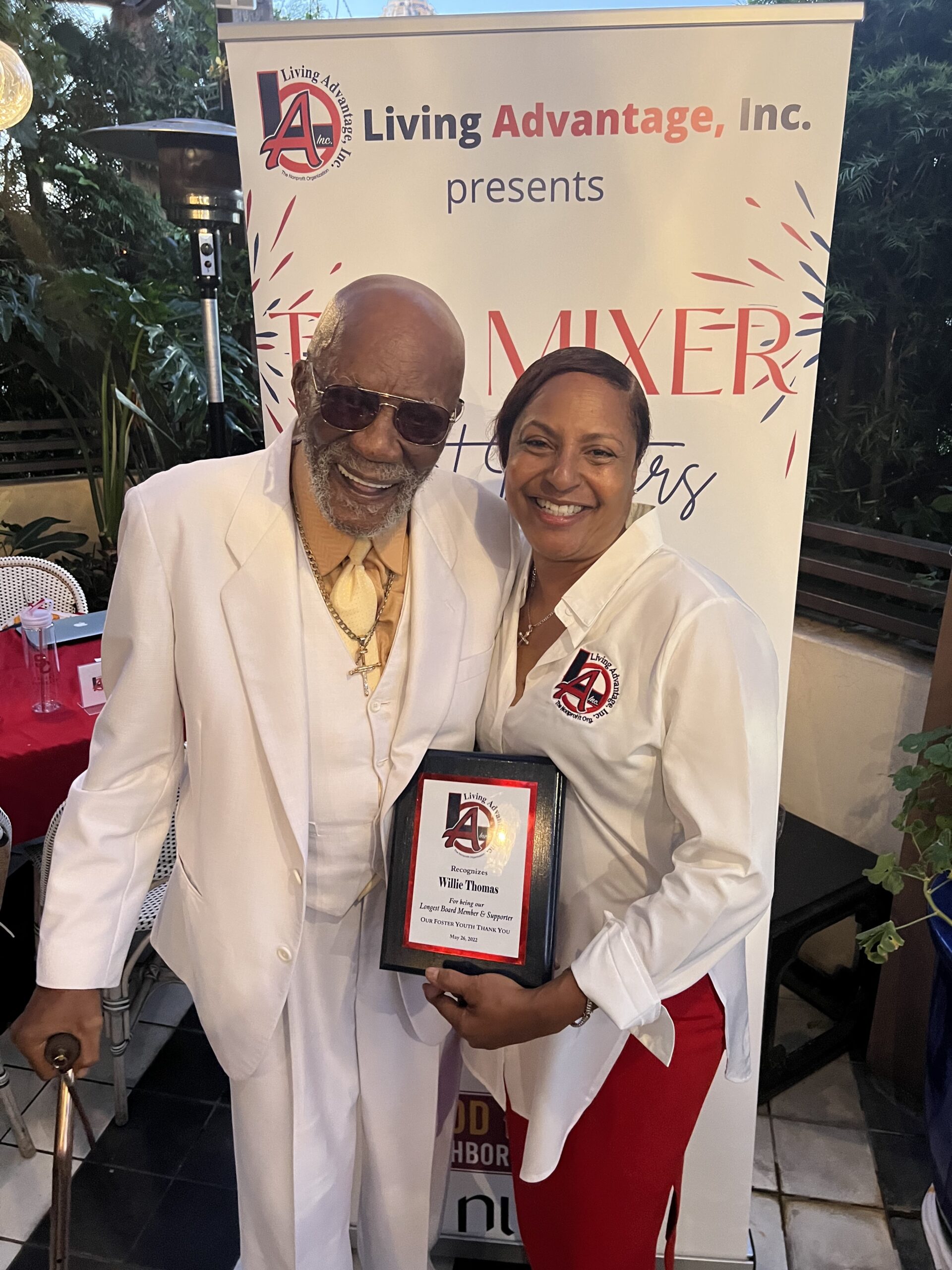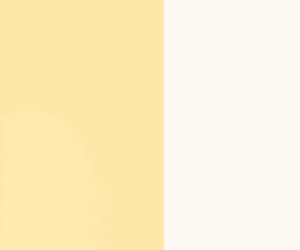Edward Henderson | California Black Media
Diwali is one of the major Asian Indian religious festivals observed in
Hinduism, Sikhism and Jainism. It celebrates the victory of light over
darkness, good over evil, and knowledge over ignorance.
Known as “The Festival of Lights’ it is celebrated globally across
diverse religions and cultures. This year, Diwali will fall on Nov. 12,
and for most who observe it, celebrations will last five days. The date of
the celebration changes every year because it is based on the Hindu
lunar calendar.
The celebration of the holiday varies depending on regional customs and
traditions. Among Hindus, the most widespread custom is the lighting of
‘diyas’, small lamps filled with oil, on the night of the new moon to
invite the presence of Lakshimi, the goddess of wealth. In Northern
India, the festival also celebrates the royal homecoming of Rama to the
city of Ayodhya after defeating Ravana, the 10-headed king of the
demons.
California native Happy Uppal spoke with California Black Media
(CBM) and shared how her family celebrated Diwali when they lived in
India and how it has changed for them since coming to the US.
“Speaking to my family about the holiday, Diwali meant we were going
to have a lot of food, go to festival shows, and do fireworks. We used to
light candles around our entire house. It was something my family
looked forward to every year in India because they celebrated a lot. The
holiday meant that they got to be with family and celebrate our culture at
the same time. It was a time of new beginnings and cleansing of the
past,” said Uppal.
With around 902,621 people who identify as Asian Indian, California
has the largest population of Sikhs, Hindus and Jains in the United
States.
Traditionally, the first day of Diwali, known as Dhanteras, is dedicated
to cleaning homes and purchasing small items of gold. Lakshimi is the
focus of worship on this day. The second day, called Naraka Chatrudashi
or Choti Diwali, prayers are offered for the souls of ancestors. On the
third day, Lakshimi Puja, families seek blessings from Lakshimi to
ensure their prosperity, light candles, fireworks, and visit temples. On
the fourth day, known as Goverdhan Puja, merchants perform religious
ceremonies and open new account books. The final day called Bhai
Dooj, celebrates the bond between brothers and sisters.
To the Jains, the holiday has a different meaning. For them, Diwali is the
day when the last of the Jain Tirthankaras, Lord Mahavira, attained
nirvana, a spiritual state characterized by the transcendence of mortal
limitations and obstacles, and the attainment of infinite knowledge and
enlightenment. Lord Mahavira established the dharma followed by the
Jains worldwide.
For the Sikhs, Diwali is a story of the struggle for freedom. It celebrates
the victory of the sixth guru, Guru Hargobind, from the designs of
Emperor Jahangir, who had imprisoned him and 52 other princes with
him, in 1619. Guru Hargobind refused to leave the prison for freedom
until he was able to bring all of the princes with him.
“The celebration is minimal in the United States unless you go to a
temple,” said Uppal. “Not as many families celebrate as much as homes
in India. Celebrations usually still include some sort of special sweet
dish and lighting of a few candles.”
Along with the sweets, Samosas are very popular dishes to enjoy during
Diwali celebrations. Aloo Bonda, a potato stuffing inside of a crispy
coating of gram flour is another favorite amongst observers.
The BAPS Swaminarayan Sanstha (BAPS) in Southern California
hosts one the most elaborate Diwali celebrations. This spiritual,
volunteer-driven organization is dedicated to improving society through
individual growth by promoting Hindu values of faith, unity and selfless
service. The center sits on 20 acres and includes 164,000 square feet of
building space. On Diwali, the building is illuminated with multi-colored
light shows, fireworks, lamps music and festive energy. Their Diwali
celebration will take place on Nov. 10-13. The “Diwali Light and Sound
Spectacular” takes place on the Nov. 11, 12, and 13,
from 6-8 p.m. — with shows every thirty minutes.
During a time in the world where the darkness seems to be more
prevalent daily, taking the time to acknowledge the beauty and hope
light brings is what Diwali is all about,” Uppal said.
Here are additional Diwali celebrations to look out for if you are
interested in experiencing the festival of renewal and light.
Diwali at the Pomeroy Center
Saturday, Nov. 18 from 3-7pm
207 Skyline Boulevard San Francisco, CA 94132
The event includes arts and crafts for children under 12, professional
Indian Dance Performances and a buffet dinner with ticket purchase.
Diwali Fest 2023 – Festival of Lights
Sunday, Nov. 12, 2023, from 7 p.m. to 9:30 p.m.
Art of Living Dome
948 West Adams Boulevard, Los Angeles, United States
This event will have all the aspects of celebration which include lighting
Lamps (diyas/tealight candles provided), an opportunity to make a
personal Sankalpa (deep wish) and offering. Lighting lamps and Dance
performances, meditation and Indian cuisine.
All are welcome and anyone who comes for the event can witness a
traditional Hindu ritual called the puja.
This California Black Media report was supported in whole or in part
by funding provided by the State of California, administered by the
California State Library.











